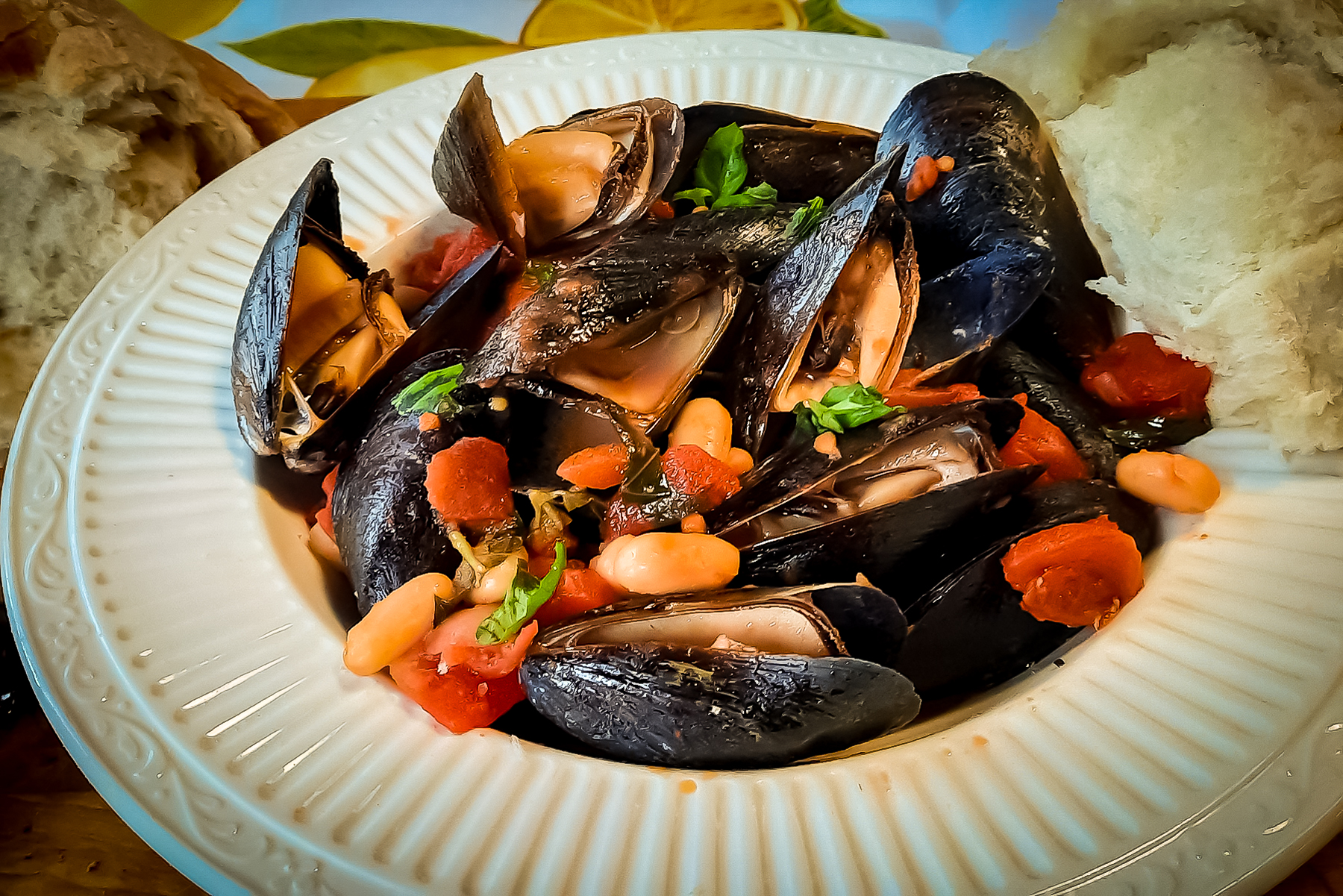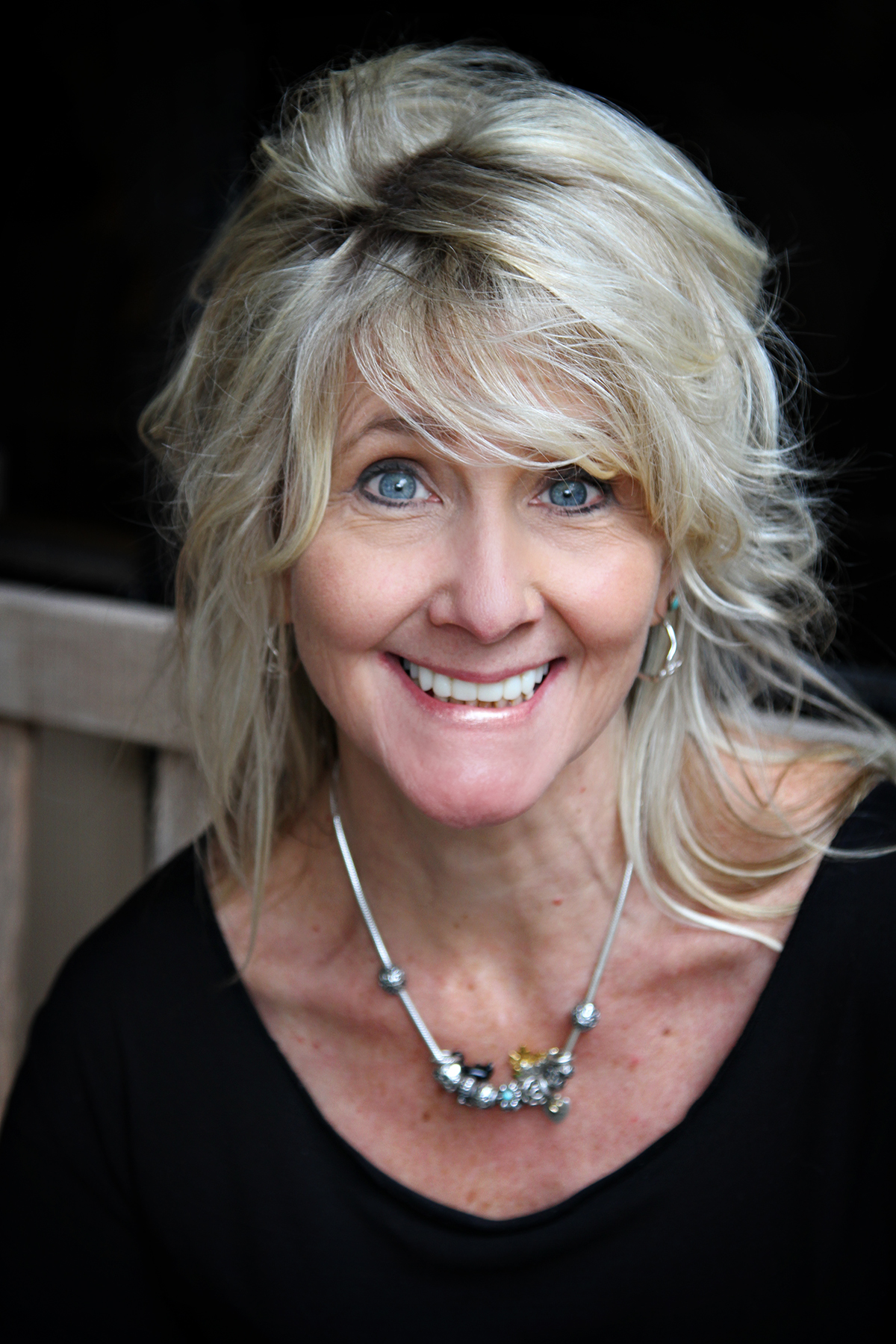A tavola non si invecchia — Italian proverb.
Translation: At the table with good friends and family you do not become old.
When I married into a big Italian family, I initially underestimated the love affair that Italians have with food. The weekend meal (because really, they don’t stop eating) waxes and wanes, but never quits. As noted in the standard cookbook in most Italian households, The Talisman Italian Cook Book, “Breakfast is a meal of which the Italian, like the Frenchman, approves only half-heartedly…Many Italians take nothing but black coffee on rising, and wait until noon to begin to eat.” We nibble a bit at cheese, salame, and bread at about 11:00, settle into tomato pie for lunch, then mid-afternoon we pull out a bit of wine and more cheese, olives, soppressata and prosciutto, and the rest of the bread. Occasionally, there is a quick run to the deli down the street for subs and pizzelle cookies. And where there is food, there is animated conversation and old stories that get funnier at each telling. This all happens before dinner. We break bread together through the day.
And day after day they regularly assembled in the temple with united purpose, and in their homes they broke bread [including the Lord’s Supper]. They partook of their food with gladness and simplicity and generous heart. Acts 2:46 (The Amplified Bible)
Then dinnertime arrives and again, we eat before we eat. After all, we need something to sustain us while we wait for the sausages to simmer and the pasta water to boil. One of our favorite recipes originated from the Jersey shore at a local Italian restaurant on the boardwalk. We usually start a meal with Italian mussels and bread. I was able to duplicate the recipe after ordering it a few times and analyzing the ingredients. So many Italian recipes have their history based in the simple food of the peasant kitchen, using basic ingredients and adding in extras if they are at hand.
The delightful thing about Italian food is the ease of prep and flexibility in creating the recipe. Rustic Italian Mussels is a dish prepared in layers. Bring people to the table while you cook by laying out some of your favorite cheeses, sliced apples, olives, sausage, and loaves of good Italian bread. Serve the mussels as the meal, ladling them into bowls, with more bread for dipping into the sauce. This recipe is gluten, dairy, sugar, and egg-free!
What you need:
1 2-lb. bag fresh mussels (Give them a sniff. They should smell like salt air and ocean.)
1/3 cup extra virgin olive oil
Several garlic cloves, coarsely chopped (I use about 8, but adjust to taste.)
1 28 oz. can diced tomatoes (Make sure there is no sugar added.)
1 15 oz. can cannellini beans, drained and rinsed (Beans are optional, but it bumps the dish up from appetizer status to a meal.)
Pinches of salt and coarse ground pepper
10 leaves or so of fresh basil, coarsely cut
Red pepper flakes (Optional and add to taste.)
1/2 c. dry white wine (Optional)
What you do:
- Prep the mussels: Rinse in cold water and discard the mussels that are broken or aren’t tightly closed. Debeard them by pulling off the small clump of fiber sprouting from the shell. Most farm-raised mussels don’t have this. You can also refer to this website for details: https://www.thekitchn.com/how-to-clean-and-debeard-mussels-50028
- Pour olive oil and garlic into a large stew pot.
- Stir over medium heat and cook until garlic is a bit soft.
- Pour in tomatoes with their juice and stir, then add wine, if you wish.
- Add beans if you are using them, half of the basil leaves, salt, and pepper. Also add a few shakes of red pepper flakes if you want a spicy dish.
- Bring this mixture to a slow bubbling simmer.
- Dump mussels in and stir to coat the shells. Cover and cook about 5 minutes, until the mussels are opened.
- Remove lid, sprinkle with the additional basil and serve hot with Italian bread.
The featured image is courtesy of Annie Nardone and used with her generous permission for Cultivating and The Cultivating Project.
Annie Nardone is a lifelong bibliophile with a special devotion to the Inklings and medieval authors. She is a Fellow with the C.S. Lewis Institute and holds an M.A. in Cultural Apologetics from Houston Christian University. Annie is the Director of Visual Artists for The Cultivating Project and columnist for Cultivating Magazine. She is founding board member, managing editor, and author for the apologetics quarterly, An Unexpected Journal. Her writing can also be found as travel blogger for Clarendon Press U.K., with published poems at Calla Press and Poetica.
She holds a MA in Cultural Apologetics from Houston Christian University, and is a Fellow with the C.S. Lewis Institute. Annie writes for Cultivating, Literary Life, and Clarendon House Books, and is a managing editor and writer for An Unexpected Journal. Annie collaborated on three books in 2022, published by Square Halo Books and The Rabbit Room. She recently designed a curriculum detailing the intersection of theology, the arts, and history and is a Master Teacher for HSLDA. She resides in Florida with her Middle Earth/Narnia/Hogwarts-loving family, and an assemblage of sphynx cats and feline foundlings.
Leave a Reply
A Field Guide to Cultivating ~ Essentials to Cultivating a Whole Life, Rooted in Christ, and Flourishing in Fellowship
Enjoy our gift to you as our Welcome to Cultivating! Discover the purpose of The Cultivating Project, and how you might find a "What, you too?" experience here with this fellowship of makers!



Add a comment
0 Comments